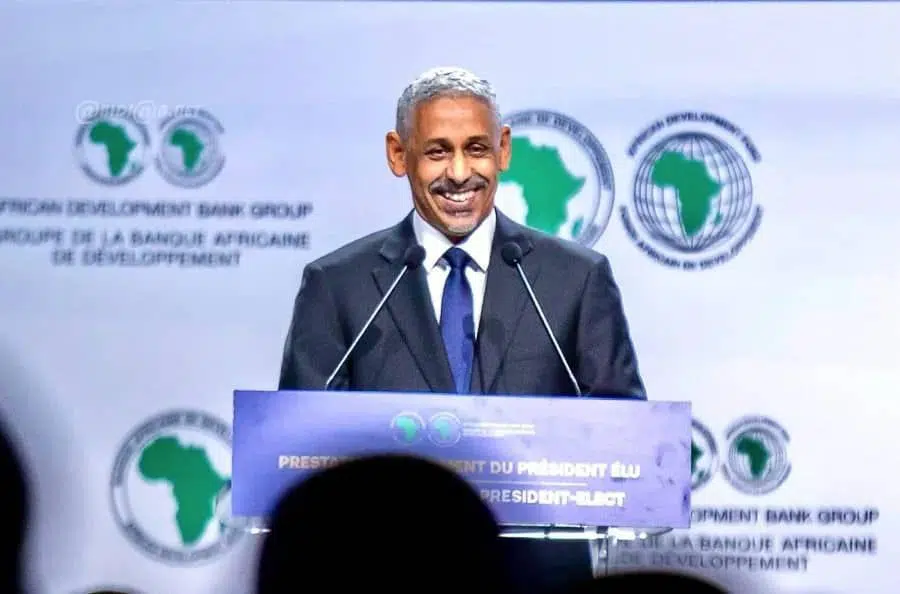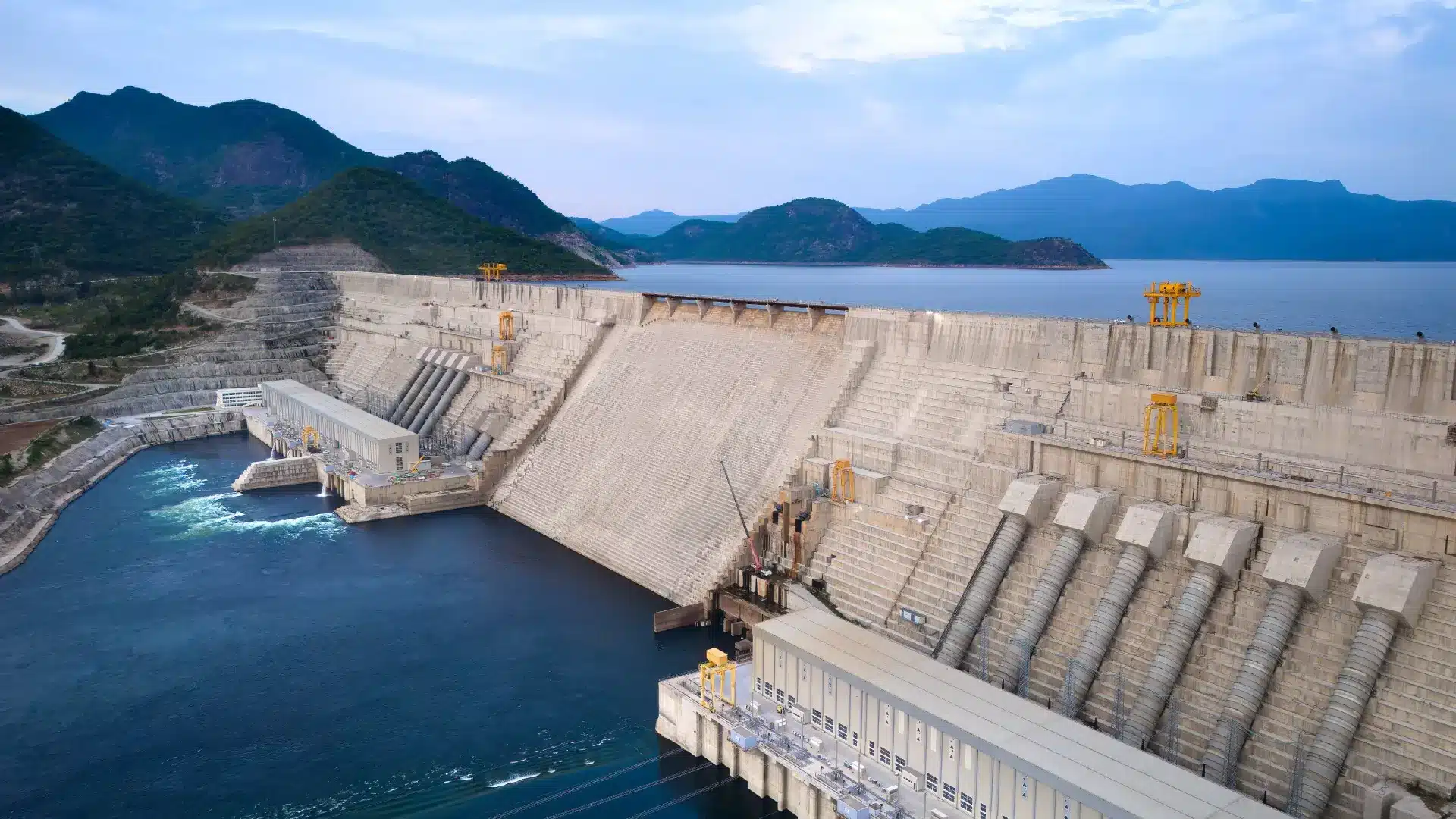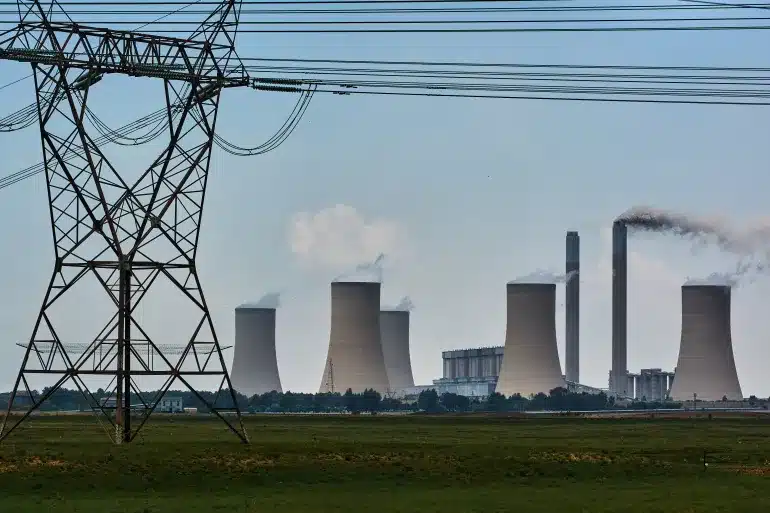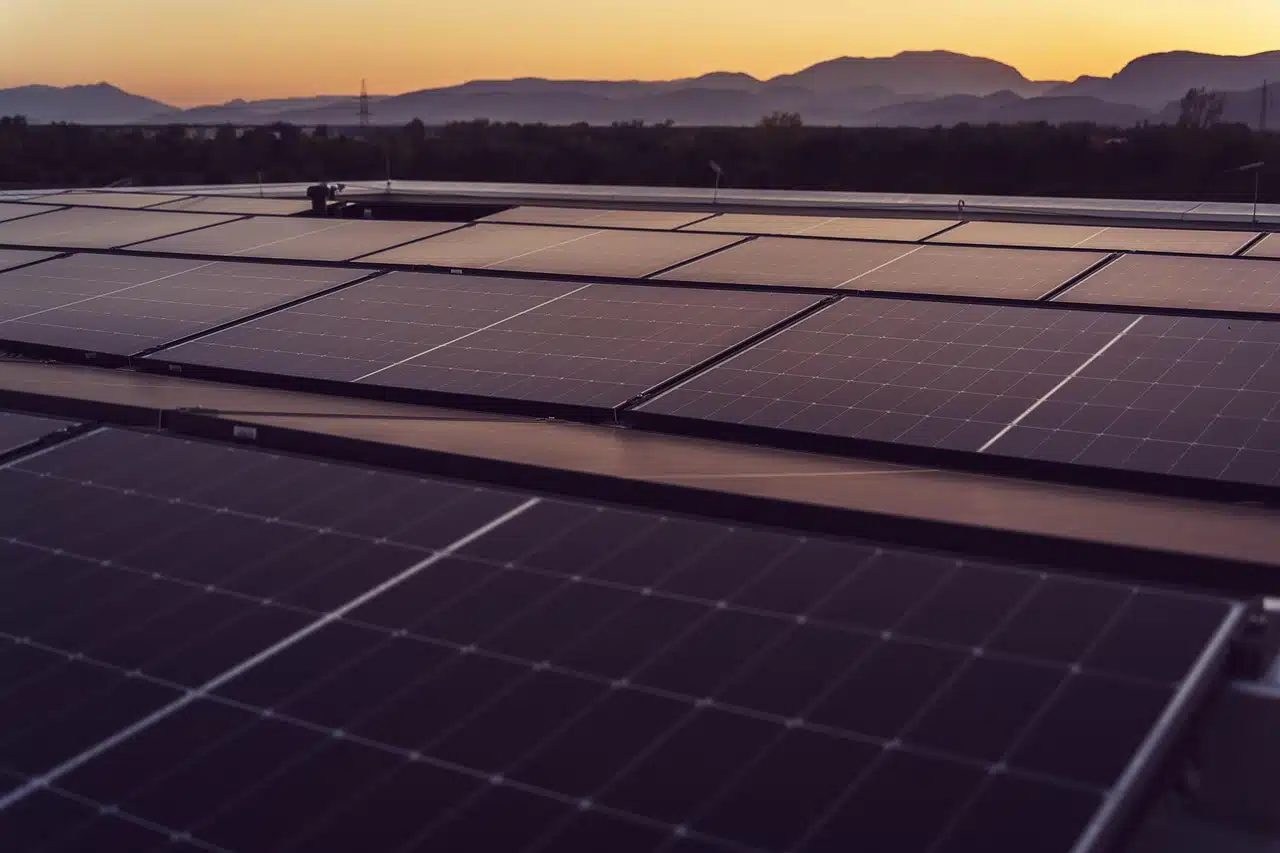South Africa’s ambitious 440 billion rand ($25 billion) power transmission expansion program has attracted major global interest including Indian billionaire Gautam Adani’s company and leading Chinese power firms.
The initiative, launched under the Independent Transmission Projects (ITP) program in December 2024, seeks private partners to help build 14,000 kilometers of new power lines.
The aim is to link the country’s growing renewable energy capacity targeted at 34 gigawatts from wind and 25 gigawatts from solar over the next 14 years to an already strained national grid.
According to the Independent Power Producer Office (IPPO), a total of 17 companies and consortia have responded to the pre-qualification call.
Interested firms include Adani Power’s Middle East unit, China Southern Power Grid International, State Grid International Development Co., and France’s EDF Power Solutions. Local players such as SOLA Group and Mulilo Renewable Energy Ltd. also submitted bids.
The IPPO confirmed that the program is currently in its “pre-qualification evaluation phase”, which is expected to conclude by November 2025.
EDF Power Solutions also confirmed its participation, noting that it is awaiting the Request for Proposals (RFP) stage that will outline detailed technical, financial, and commercial requirements for bidders.
Why this matters
Expanding South Africa’s grid is central to its long-term energy strategy as the government gradually phases out aging coal-fired power plants.
The plan aims to diversify the energy mix by integrating more gas and renewable sources to meet future demand and reduce load-shedding risks.
A stronger transmission network will enable large-scale wind and solar farms mostly located in remote regions to deliver power efficiently to the grid.
It will also boost investor confidence by addressing transmission bottlenecks and accelerating connections for new generation projects.
The grid expansion supports South Africa’s energy transition, creating jobs in construction, manufacturing, and engineering while expanding electricity access for households and industries.
The ITP model, which allows private developers to take on construction and financing risks, has been successfully implemented in India, Brazil, Peru, and Chile, according to the Development Bank of Southern Africa (DBSA).
In South Africa, the first phase of the program will involve a request for proposals to build 1,164 kilometers of new transmission lines capable of carrying over 3,000 megawatts of generation capacity.
Electricity Minister Kgosientsho Ramokgopa said the pilot project is unlikely to encounter significant land dispute challenges.
The way forward
Moreover, the government plans to introduce credit guarantees by July 2026 to attract commercial financing for critical infrastructure projects.
According to Deputy Finance Minister David Masondo, a 10-billion-rand facility will act as a private insurance mechanism to support initial energy transmission investments.
The pilot phase will lay the foundation for a much larger rollout over ten times its current size requiring substantial procurement of transformers, substations, and other key grid components.
Analysts say the successful execution of the ITP will mark a major step in stabilizing South Africa’s power sector and position the country as a regional leader in sustainable energy development.










